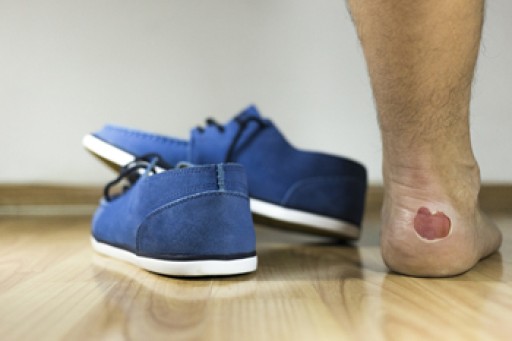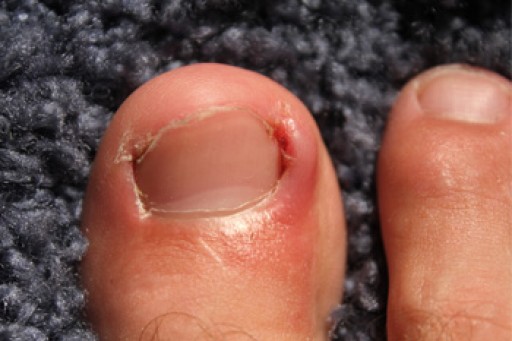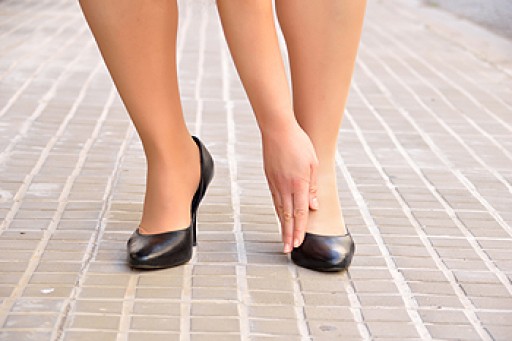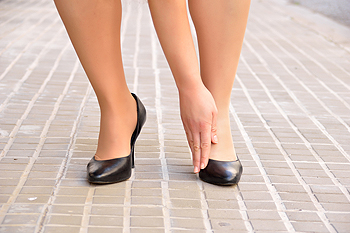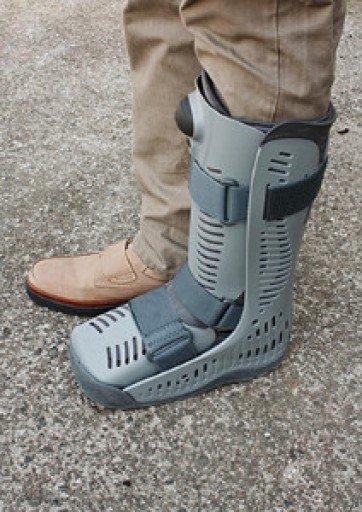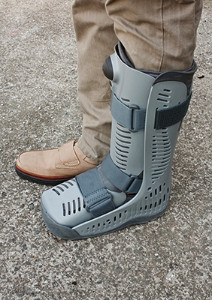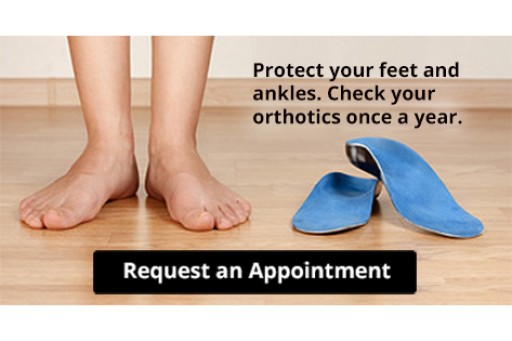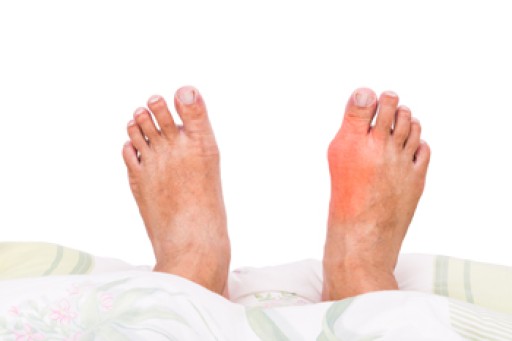 A common reason why blisters form on the feet may be a result of consistent friction between the toes or on the back of the heel. A blister is typically a small area that resembles a bubble and is filled with fluid. This is the body’s natural defense mechanism to ensure the skin under the blister is protected. Research has shown there are different types of blisters that may form, including pinch blisters, which may be a result of a toe that is curled under the toe next to it, causing a blister to form in between the two toes. Additionally, interdigital blisters may be caused by an allergic reaction to an insect bite, and may lead to an infection. Patients who have eczema or athlete's foot may be familiar with the types of blisters these uncomfortable conditions may cause. If shoes that are worn do not fit correctly, blisters may form on the pinky toe or if excess rubbing exists on the back of the foot, it may cause unsightly blisters on the back of the heel. If you would like to learn about how to prevent blisters on the feet or need information about proper treatment techniques, it’s suggested to speak with a podiatrist.
A common reason why blisters form on the feet may be a result of consistent friction between the toes or on the back of the heel. A blister is typically a small area that resembles a bubble and is filled with fluid. This is the body’s natural defense mechanism to ensure the skin under the blister is protected. Research has shown there are different types of blisters that may form, including pinch blisters, which may be a result of a toe that is curled under the toe next to it, causing a blister to form in between the two toes. Additionally, interdigital blisters may be caused by an allergic reaction to an insect bite, and may lead to an infection. Patients who have eczema or athlete's foot may be familiar with the types of blisters these uncomfortable conditions may cause. If shoes that are worn do not fit correctly, blisters may form on the pinky toe or if excess rubbing exists on the back of the foot, it may cause unsightly blisters on the back of the heel. If you would like to learn about how to prevent blisters on the feet or need information about proper treatment techniques, it’s suggested to speak with a podiatrist.
Blisters are prone to making everyday activities extremely uncomfortable. If your feet are hurting, contact one of our podiatrists of Foot Health Center of Merrimack Valley. Our doctors can provide the care you need to keep you pain-free and on your feet.
Foot Blisters
Foot blisters develop as a result of constantly wearing tight or ill-fitting footwear. This happens due to the constant rubbing from the shoe, which can often lead to pain.
What Are Foot Blisters?
A foot blister is a small fluid-filled pocket that forms on the upper-most layer of the skin. Blisters are filled with clear fluid and can lead to blood drainage or pus if the area becomes infected.
How Do Blisters Form?
Blisters on the feet are often the result of constant friction of skin and material, usually by shoe rubbing. Walking in sandals, boots, or shoes that don’t fit properly for long periods of time can result in a blister. Having consistent foot moisture and humidity can easily lead to blister formation.
Prevention & Treatment
It is important to properly care for the affected area in order to prevent infection and ease the pain. Do not lance the blister and use a Band-Aid to provide pain relief. Also, be sure to keep your feet dry and wear proper fitting shoes. If you see blood or pus in a blister, seek assistance from a podiatrist.
If you have any questions, please feel free to contact one of our offices located in North Andover, and Tewksbury, MA . We offer the newest diagnostic and treatment technologies for all your foot care needs.

